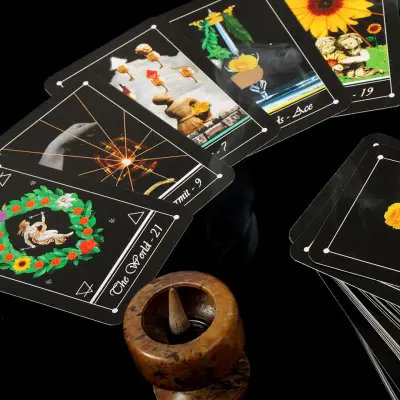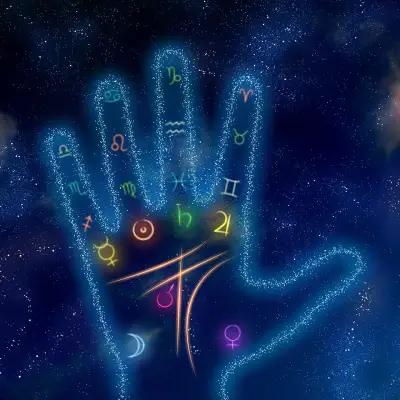Curiosity about the supernatural often leads people to explore various types of paranormal phenomena, one of which is the poltergeist. Whether you’re a seasoned enthusiast of ghost stories or someone with a casual interest in the mysterious, this blog post will deepen your understanding of poltergeists.
Jump to:
What is a Poltergeist?
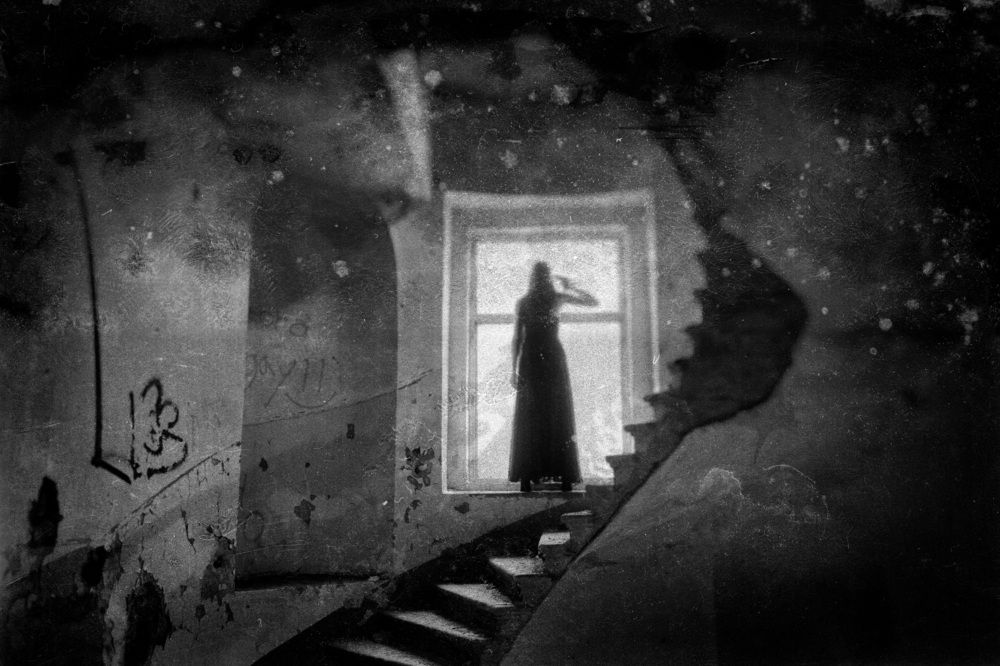
The term "poltergeist" originates from the German words "poltern," meaning to make noise, and "geist," meaning ghost or spirit. So, the literal meaning of poltergeist is "noisy ghost." According to the Oxford Dictionary, a poltergeist is defined as "a ghost or spirit supposed to manifest its presence by noises, knockings, etc."
Poltergeist Meaning
A poltergeist is a type of ghost or supernatural entity known for causing physical disturbances, such as loud noises and objects being moved or thrown around. Unlike other ghosts that might appear visually, poltergeists are more often associated with auditory and physical manifestations.
Signs of a Poltergeist
Poltergeist activity can vary in intensity and type, but there are common signs to look out for:
- Unexplained Noises: This can include knocking, banging, footsteps, and other sounds that cannot be attributed to any physical source.
- Moving Objects: Items might move on their own, be thrown across the room, or disappear and reappear in different places.
- Electrical Disturbances: Lights flickering, appliances turning on and off, and other unexplained electrical issues.
- Physical Sensations: Some people report feeling pushed, touched, or slapped by an unseen force.
- Water Manifestations: Unexplained pools of water or water dripping without any clear source.
What Does a Poltergeist Symbolise?
Poltergeists are often thought to symbolise unresolved emotions or psychological stress. In some cases, their activity is linked to individuals experiencing intense emotional turmoil, suggesting that the energy required for poltergeist phenomena might come from human emotions.
Poltergeist Stories
Historical Accounts
Throughout history, there have been numerous documented cases of poltergeist activity. Here are a few famous examples:
- The Enfield Poltergeist: In the late 1970s, a council house in Enfield, London, became the site of intense poltergeist activity, including moving furniture, loud knocking, and disembodied voices. This case gained significant media attention and has been the subject of several documentaries and films.
- The Bell Witch: In the early 19th century, the Bell family in Tennessee experienced a series of disturbing events, such as objects being thrown, unexplained noises, and physical attacks. This case is often cited as one of the most well-documented poltergeist occurrences in American history.
- The Rosenheim Poltergeist: In 1967, a law office in Rosenheim, Germany, experienced unexplained phone calls, flickering lights, and objects moving on their own. The activity was investigated by both parapsychologists and police, but no definitive explanation was found.
Personal Anecdotes
Many people claim to have had personal experiences with poltergeists. These stories often involve similar patterns of unexplained noises, moving objects, and other physical disturbances. Personal anecdotes can be compelling, as they offer a direct insight into how poltergeist activity affects people and their surroundings.
Understanding Poltergeist Manifestations
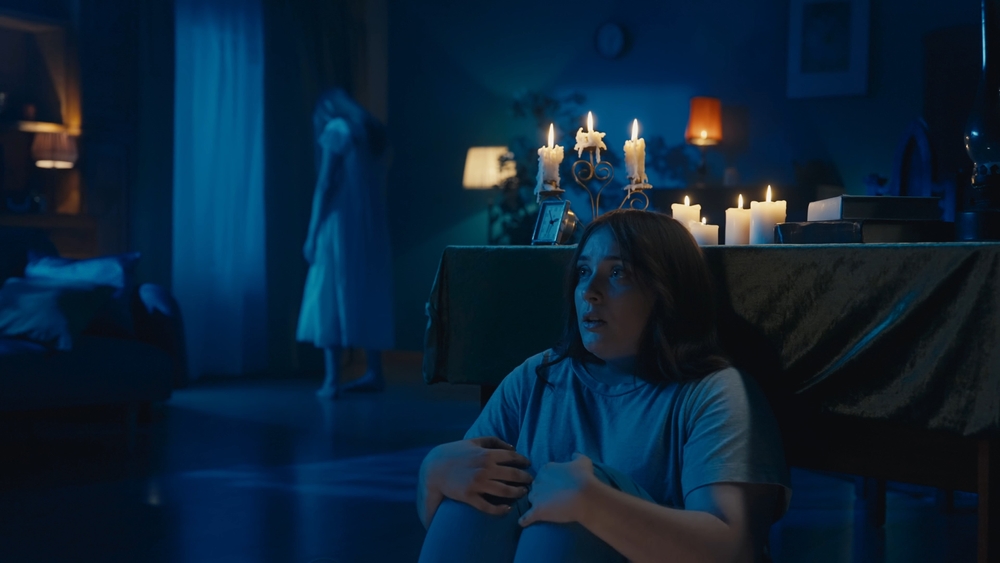
Psychological and Environmental Factors
Some researchers suggest that poltergeist activity may be linked to someone’s psychological state, particularly adolescents experiencing emotional stress. This theory posits that the energy required for poltergeist phenomena might come from intense emotions being unconsciously projected outward.
Scientific Explanations
While many poltergeist stories remain unexplained, some scientists believe that environmental factors, such as seismic activity or electromagnetic fields, could play a role in producing the phenomena associated with poltergeists. These natural occurrences might create sounds or movements that people interpret as supernatural.
Cultural Impact
Poltergeists have had a significant impact on popular culture, appearing in books, movies, and television shows. These stories often dramatise the signs and manifestations of poltergeists, contributing to the enduring fascination with these noisy ghosts.
How to Identify a Poltergeist
Steps to Recognise Poltergeist Activity
If you suspect poltergeist activity, here are some steps to help identify it:
- Keep a Log: Document any unusual events, including the time, date, and nature of the occurrence.
- Look for Patterns: Determine if there are any patterns or triggers associated with the activity.
- Rule Out Natural Causes: Check for logical explanations, such as drafts, loose floorboards, or faulty wiring.
How to Communicate With Poltergeists
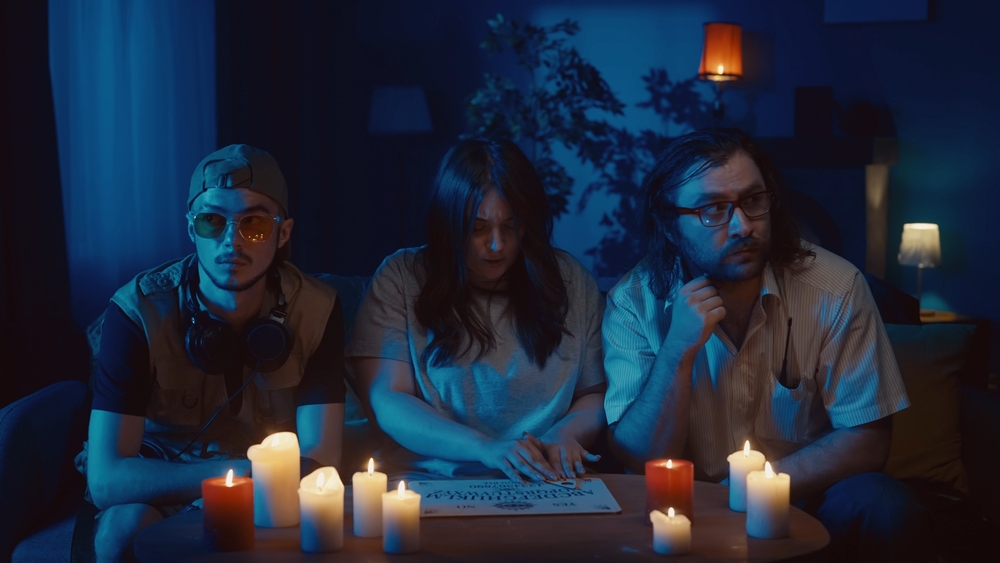
Communicating with a poltergeist can be a challenging and sometimes unnerving experience. While poltergeists are primarily known for their physical manifestations rather than direct communication, there are methods you can try to establish some form of interaction. Here are some steps and techniques to help you attempt communication with a poltergeist:
Establish a Calm Environment
Before attempting to communicate, create a calm and focused environment. This helps reduce distractions and increases your chances of a successful interaction.
Pick a time when the house is quiet and there are no interruptions. Lowering the lighting can help create a more conducive atmosphere for communication. Approach the situation with a calm and open mind. Fear or anxiety can hinder the process.
Use Simple Communication Tools
You don’t need complex equipment to attempt communication. Simple tools can often be effective.
- Pendulum: Hold a pendulum and ask yes/no questions. Observe the pendulum’s movements for responses.
- Flashlights: Use a flashlight with a twist switch. Ask the poltergeist to turn the light on or off in response to questions.
- Knocking: Ask the poltergeist to respond by knocking or making noises. For example, ask for one knock for "yes" and two knocks for "no."
Ask Direct Questions
When attempting communication, be clear and direct with your questions. Start with simple yes/no questions. For example, "Are you here?" or "Can you move this object?" Once you receive responses, you can ask more specific questions, such as, "Why are you here?" or "Do you need help?"
Record Your Sessions
Keeping a record of your communication attempts can help you track patterns and responses. In a notebook, document the questions asked and any responses or activity. An audio or video recorder can capture any unexpected sounds or movements during your session.
If you want to explore more advanced methods, you can use spirit communication devices designed for paranormal investigations. A spirit box is a device that rapidly scans radio frequencies, allowing spirits to communicate through the static and radio fragments. EMF Meters are another commonly used device which measure electromagnetic fields. Spikes in EMF readings can indicate the presence of paranormal activity.
Show Respect and Sensitivity
Always approach communication attempts with respect and sensitivity. Poltergeists, like any other entities, should be treated with consideration. Use polite language and show respect during your sessions. Do not provoke or challenge the poltergeist, as this can lead to increased or more aggressive activity.
Seek Professional Help if Needed
If the poltergeist activity becomes too intense or if you’re uncomfortable, consider seeking help from professionals, including paranormal investigators and spiritual advisors.
Frequently Asked Questions About Poltergeists
What is the difference between a poltergeist and a regular ghost?
While both poltergeists and regular ghosts are considered supernatural entities, they differ in their behaviour and manifestations. Regular ghosts are typically associated with visual sightings or apparitions and may be linked to a deceased person. Poltergeists, on the other hand, are known for causing physical disturbances, such as noises and moving objects, and are not usually seen.
Can poltergeists cause harm?
Poltergeists are known for causing disturbances, but reports of physical harm are rare. Most poltergeist activity involves moving objects, loud noises, and electrical disturbances rather than direct physical attacks. However, the emotional and psychological impact of experiencing poltergeist activity can be significant.
How long does poltergeist activity usually last?
The duration of poltergeist activity can vary widely. Some cases last for only a few days or weeks, while others can persist for months or even years. The activity often starts suddenly and can stop just as abruptly, with no clear pattern or warning.
Are poltergeists linked to specific locations?
Poltergeists are often associated with specific locations, such as homes or buildings, but they can also be linked to individuals. In many cases, the activity seems to follow a particular person, suggesting a possible connection to their emotional or psychological state.
Can animals sense poltergeists?
There are many anecdotal reports of animals reacting to poltergeist activity. Pets, especially dogs and cats, are sometimes observed to become agitated, bark, hiss, or stare at seemingly empty spaces during poltergeist disturbances. This behaviour suggests that animals might be more sensitive to these phenomena than humans.
Can poltergeist activity be recorded or captured on video?
There have been numerous attempts to capture poltergeist activity on video or audio recordings. While some recordings exist, they are often controversial and subject to scepticism. Many recordings show objects moving or unexplained noises, but the authenticity of these recordings is frequently debated.
Do poltergeists communicate with people?
Poltergeists are generally not known for direct communication with people. Unlike other types of spirits that might attempt to convey messages, poltergeists primarily manifest through physical disturbances. However, there are rare instances where people claim to have heard disembodied voices or received messages through poltergeist activity.
Recommended for you!
Best SellersStudy Psychic Comunication with Centre of Excellence
If you’re eager to enhance your understanding of psychic phenomena, consider enrolling in our Psychic Development Diploma Course. This fascinating course teaches you how to tune in to your intuition, extrasensory perception and sixth sense, to be able to help yourself and to give readings to others. For a limited time, you can get this course for a discounted price of £29, saving you over £100!
